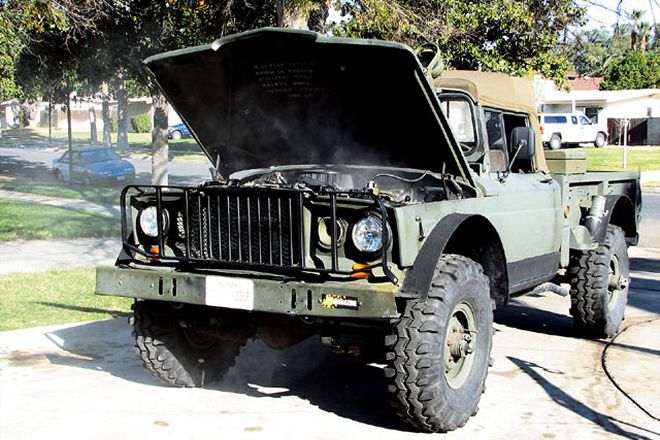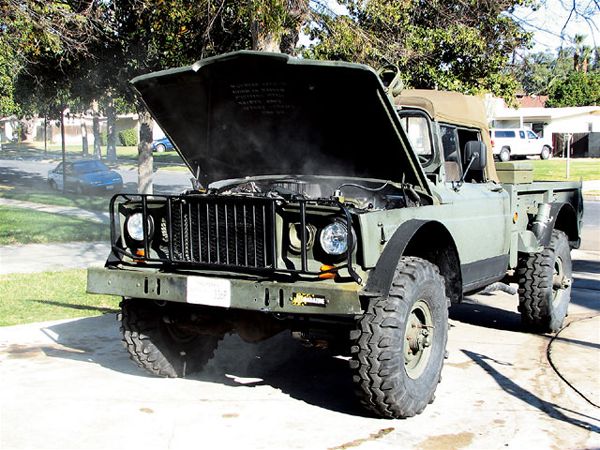
 Pete Trasborg
Brand Manager, Jp
Pete Trasborg
Brand Manager, Jp

We've all had that stomach-dropping feeling. You know, the one that comes after realizing the engine-temp gauge is in the red-or worse, the feeling that follows when the radiator or overflow tank boiling over from running way too hot.
"The Trip That Never Was" (Nov. '06) was the first indication there was a problem in the cooling system in Trasborg's M-715. Two boil-over overheats and two stops because the gauge was pegged were the indicators. The truck was built during a New Jersey winter and was driven 400 miles in the next year and a half leading up to that trip. In the following year, we learned and relearned more ins and outs of engine cooling than we want to ever again.
Somewhere along the line, we decided all the little things done to the truck (and some we'd done in the past) would make a good story if we stuck them all together.
Look, we aren't gonna spoon-feed you exactly how to fix your Jeep's overheating problems. What we're gonna do is use Trasborg's truck as a canvas and paint a picture of many (if not all) of the typical Jeep enthusiast's cooling-system woes. Use it as a guide the next time your Jeep is running hot and you are 140 miles from home.








 PhotosView Slideshow
PhotosView Slideshow





 PhotosView Slideshow
PhotosView Slideshow





